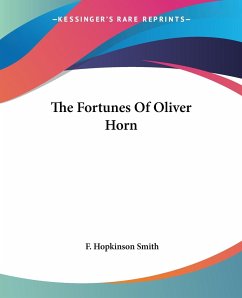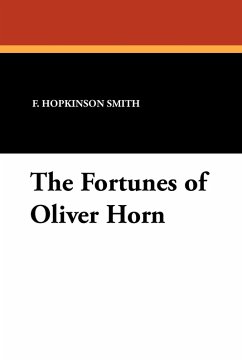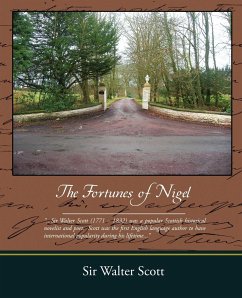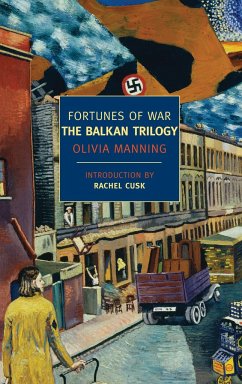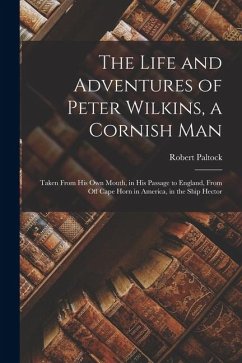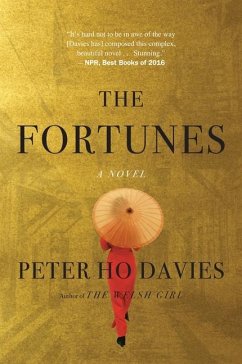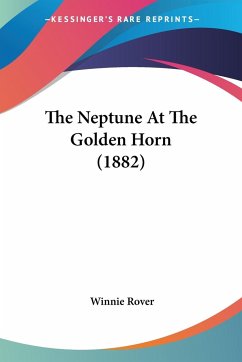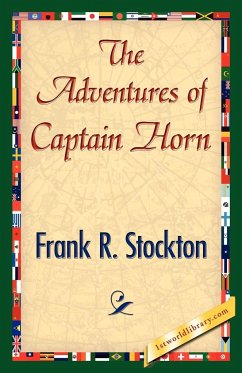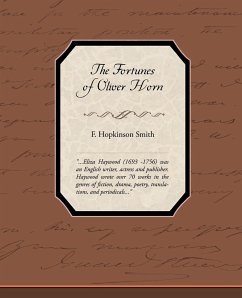
The Fortunes of Oliver Horn
Versandkostenfrei!
Versandfertig in 1-2 Wochen
29,99 €
inkl. MwSt.
Weitere Ausgaben:

PAYBACK Punkte
15 °P sammeln!
Eliza Haywood (1693 -1756) was an English writer, actress and publisher. Haywood wrote over 70 works in the genres of fiction, drama, poetry, translations, and periodicals. Haywood's significance in the 18th century is in helping establish the novel as a form of literature. Haywood's writing career began in 1719 with the first two installments of Love in Excess. Her romance novels were called bodice-rippers. Haywood began her acting career in 1715 in Smock Alley Theatre in Dublin. In 1735, she wrote a one-volume Companion to the Theatre. The Fortunate Foundlings begins, "It was in the ever mem...
Eliza Haywood (1693 -1756) was an English writer, actress and publisher. Haywood wrote over 70 works in the genres of fiction, drama, poetry, translations, and periodicals. Haywood's significance in the 18th century is in helping establish the novel as a form of literature. Haywood's writing career began in 1719 with the first two installments of Love in Excess. Her romance novels were called bodice-rippers. Haywood began her acting career in 1715 in Smock Alley Theatre in Dublin. In 1735, she wrote a one-volume Companion to the Theatre. The Fortunate Foundlings begins, "It was in the ever memorable year 1688, that a gentleman, whose real name we think proper to conceal under that of Dorilaus, returned from visiting most of the polite courts of Europe, in which he had passed some time divided between pleasure and improvement. The important question if the throne were vacated or not, by the sudden departure of the unfortunate king James, was then upon the tapis; on which, to avoid interesting himself on either side, he forbore coming to London, and crossed the country to a fine feat he had about some forty miles distant, where he resolved to stay as privately as he could, till the great decision should be made, and the public affairs settled in such a manner as not to lay him under a necessity of declaring his sentiments upon them."







